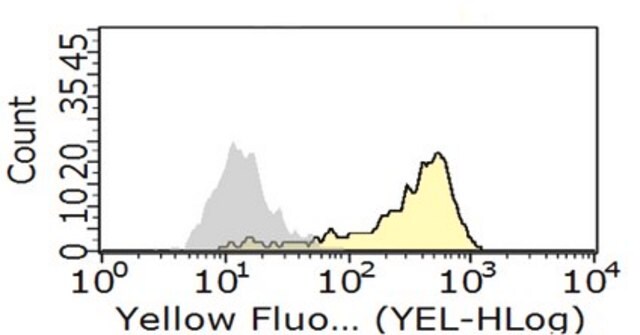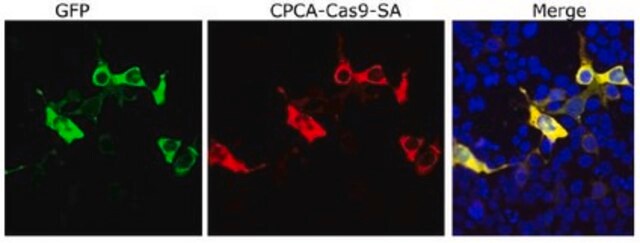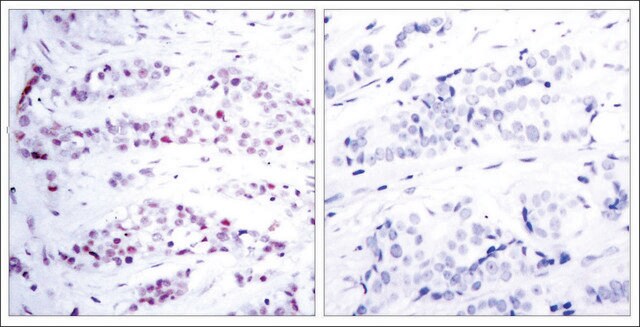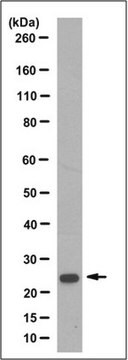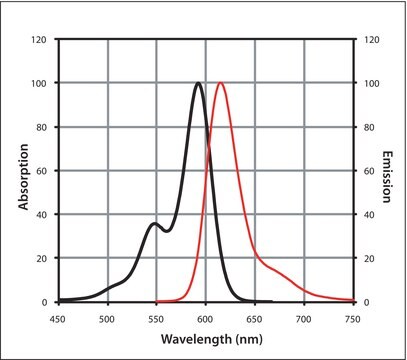MABF838
Anti-FcgRII/III Anibody, clone Ab93
clone 93, from rat
Synonim(y):
Low affinity immunoglobulin gamma Fc region receptor III, IgG Fc receptor III, Fc-gamma RIII, FcRIII, CD16, FcgRII/III, Low affinity immunoglobulin gamma Fc region receptor II, Fc gamma receptor IIB, Fc-gamma RII, Fc-gamma-RIIB, FcRII, IgG Fc receptor II
About This Item
Polecane produkty
pochodzenie biologiczne
rat
Poziom jakości
forma przeciwciała
purified immunoglobulin
rodzaj przeciwciała
primary antibodies
klon
93, monoclonal
reaktywność gatunkowa
mouse
metody
activity assay: suitable
flow cytometry: suitable
immunocytochemistry: suitable
izotyp
IgG2aκ
numer dostępu NCBI
Warunki transportu
wet ice
docelowa modyfikacja potranslacyjna
unmodified
informacje o genach
mouse ... Fcgr2b(14130) , Fcgr3(14131)
Opis ogólny
Specyficzność
Immunogen
Zastosowanie
Activity Assay Analysis: A representative lot prevented CD38-mediated proliferation of spleen-derived primary murine B-cells from wild-type, but not FcgammaRIl-deficient mice (Oliver, A.M., et al. (1999). Hybridoma 18(2):113-119).
Immunocytochemistry Analysis: A representative lot detected FcgRII association with cross-linkinked CD38 following anti-CD38 addition to cultured primary murine B-cells by fluorescent immunocytochemistry (Oliver, A.M., et al. (1999). Hybridoma 18(2):113-119).
Jakość
Flow Cytometry Analysis: 5.0 µg of this antibody detected FcgRII/III in mouse splenocytes.
Opis wartości docelowych
Postać fizyczna
Inne uwagi
Nie możesz znaleźć właściwego produktu?
Wypróbuj nasz Narzędzie selektora produktów.
Kod klasy składowania
12 - Non Combustible Liquids
Klasa zagrożenia wodnego (WGK)
WGK 1
Temperatura zapłonu (°F)
Not applicable
Temperatura zapłonu (°C)
Not applicable
Certyfikaty analizy (CoA)
Poszukaj Certyfikaty analizy (CoA), wpisując numer partii/serii produktów. Numery serii i partii można znaleźć na etykiecie produktu po słowach „seria” lub „partia”.
Masz już ten produkt?
Dokumenty związane z niedawno zakupionymi produktami zostały zamieszczone w Bibliotece dokumentów.
Nasz zespół naukowców ma doświadczenie we wszystkich obszarach badań, w tym w naukach przyrodniczych, materiałoznawstwie, syntezie chemicznej, chromatografii, analityce i wielu innych dziedzinach.
Skontaktuj się z zespołem ds. pomocy technicznej